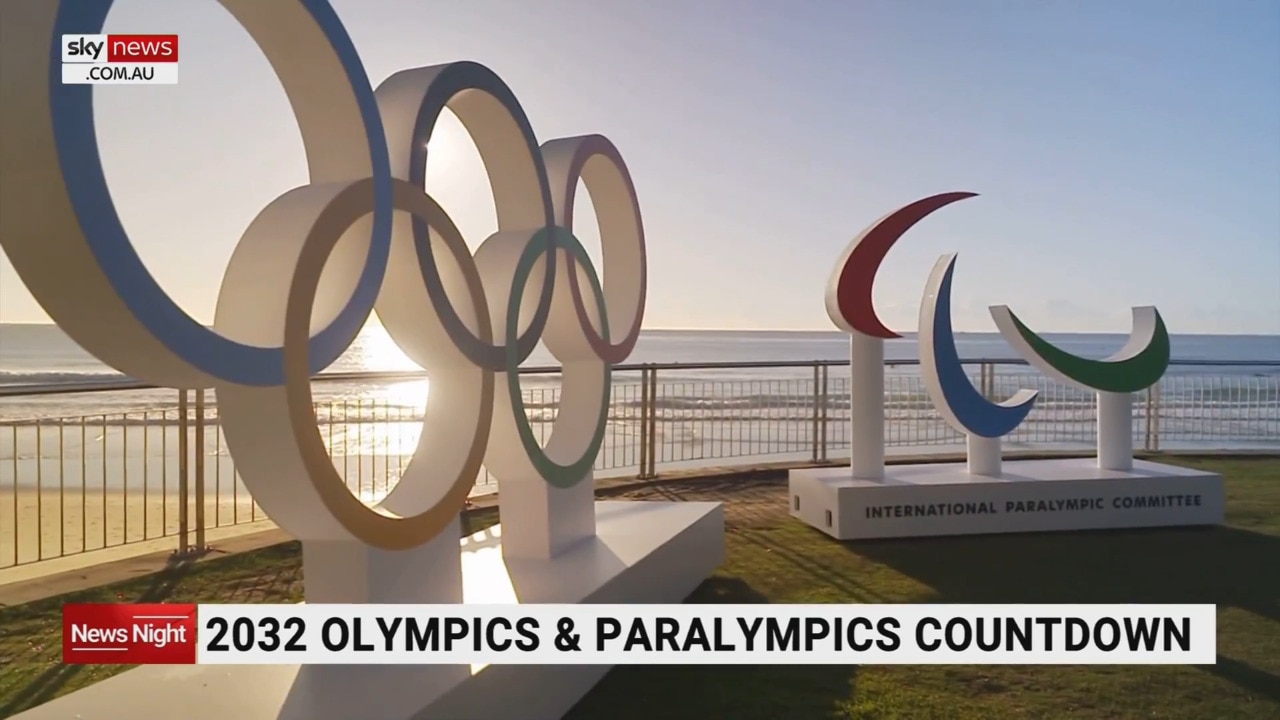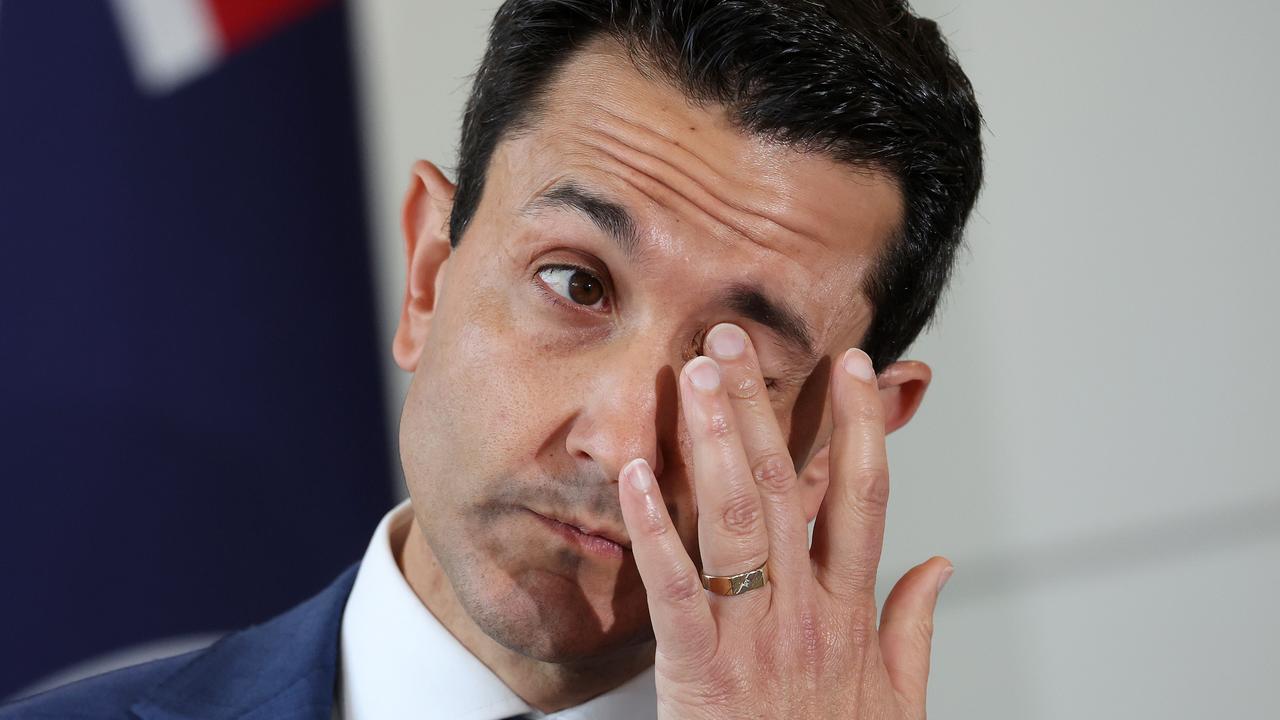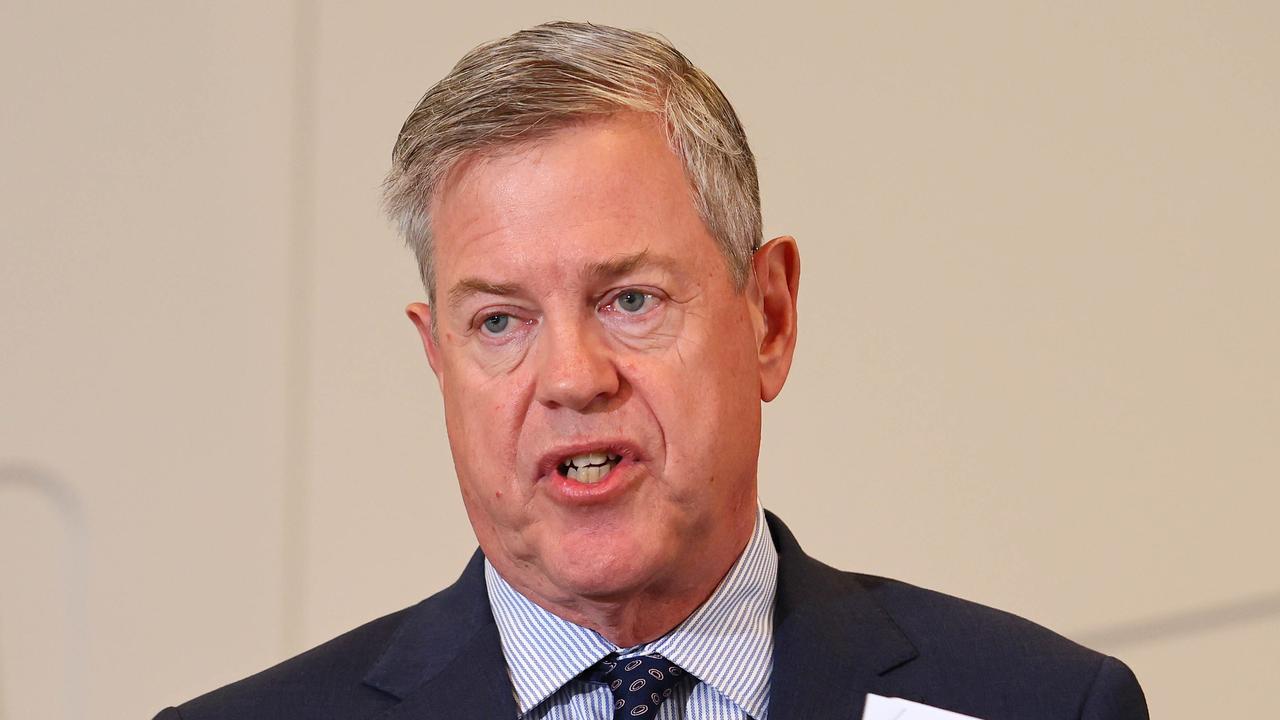Editorial: Grassroots vital to 2032 Games success
Re-organising grassroots funding at such a crucial time, with the funding pool seemingly shrinking, is at best a bad look and, at worst, deliberate obfuscation, writes the editor.

Opinion
Don't miss out on the headlines from Opinion. Followed categories will be added to My News.
When you think back to the last time the Olympic and Paralympic Games were held in Australia – Sydney 2000 – you think of the athletes.
A young Ian Thorpe shocking the world in the pool, anchoring the relay leg that saw the Aussies smash the yanks “like guitars” in the 4x100m freestyle on the opening night.
In that same pool, you remember the crowd cheering on Eric “The Eel” Moussambani, the totally outclassed swimmer from Equatorial Guinea who gave his all.
And of course you remember the night all Australia stopped to cheer Cathy Freeman in the 400m, as we stood as one to yell ourselves hoarse as she surged down the straight to win gold and sporting immortality.
What you don’t think about when taking that nostalgic journey are the stadiums. Or the transport infrastructure. Or the athletes village.
Like Sydney, Brisbane – we hope – will be remembered for blood, sweat and tears, not concrete and steel.
Fans demand the great performances from the home team. It is non-negotiable.
So it’s curious that today we learn that the state government, through a reorganisation of grassroots sports funding, has slashed a total of $1m from the places where the Cathy Freemans and Ian Thorpes of 2032 are currently honing their crafts.
The latest publicly available information for the Active Industry Fund shows 77 funding recipients were allocated a total of just over $9.5m for the 2021-22 financial year.
By comparison, the new Active Industry Base Fund 2023-2025 lists only 74 recipients allocated a total of $16.8m across the 2023-24 and 2024-25 financial years – equating to the equivalent of $8.4m each year.
And sporting organisations that were also previously able to access $300,000 annually from the state government were told support had now fallen to a maximum of $250,000.
Little Athletics – the launch pad for generations of Olympians – has had its funding slashed from $100,000 each year to zero.
While funding elite pathways and talent identification play their part in producing medals, the sporting production line starts at the grassroots.
It’s curious, with the state government committed to spending $3.5bn on Games venues, that they would seek to cut a comparatively trifling amount from junior development.
The state government, with the support of The Courier-Mail, has quite rightly identified Brisbane 2032 as an opportunity to create a sporting legacy for our state and the nation.
Again, that legacy is not just the concrete and steel of the infrastructure. It is also a legacy of elite sporting success, as well as increased community involvement in sport, with all the associated health benefits.
In a way, that legacy opportunity has already begun. Kids who are inspired by the possibility of competing in 2032 – and the clubs that develop them – need to know that they will be supported by the state government.
Re-organising grassroots funding at such a crucial time, with the funding pool seemingly shrinking, is at best a bad look and, at worst, deliberate obfuscation.
PRESSURE BUILDS ON UNIT DEVELOPERS
In case you needed further proof of the systemic issues that are exacerbating our housing crisis, our page one story today should provide it.
It starkly illustrates that it is not lack of investment from the public sector that is driving shortages.
Currently, there are 196 residential projects across South East Queensland worth more than $10m each that are due to begin construction. However, 40 per cent of those are stalled because the developers can’t find builders.
It’s worse on the Gold Coast, with half of all projects stalled, including a $50m, 146-unit project at Broadbeach that was due to start construction in May.
And the state government’s massive construction program over the next decade in the lead-up to the Olympic and Paralympic Games will only make finding a builder more difficult. Or an affordable one, with building costs soaring 40 per cent in three years.
On Thursday we reported that just 724 apartments had been completed in Brisbane last year, down from the eight-year average of almost 4000. Lord Mayor Adrian Schrinner unveiled a plan to slash infrastructure fees to encourage the private sector to build more apartments, but these new developments might run into the same builder shortage issues.
The state government needs to also find ways to incentivise development, but they also need to work with the federal government on long-term solutions to worker shortages in an industry that is so vital to the future of Queensland.
Responsibility for election comment is taken by Chris Jones, corner of Mayne Rd & Campbell St, Bowen Hills, Qld 4006. Printed and published by NEWSQUEENSLAND (ACN 009 661 778). Contact details here


